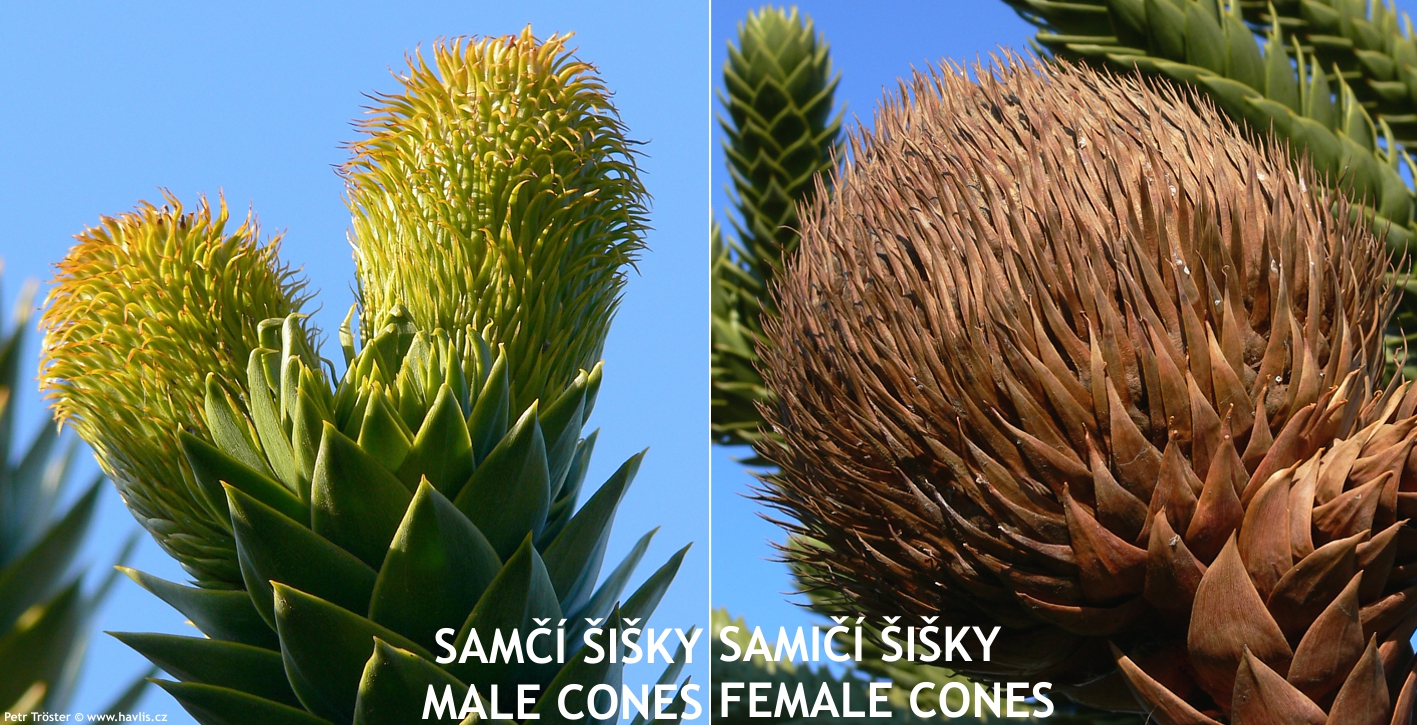Araucaria araucana monkey puzzle tree
Among the most spectacular conifers this monkey puzzle tree is the hardiest. The scale-like leaves are dark green, sharp-pointed. This species is said to be 60 million years old.
It dislikes atmospheric pollution and hot and dry soil. It does surprisingly well in our climate, too, if you provide a winter shelter. In some instances a fleece is enough, younger plants might need a stronger cover. Avoid freezing winds and southern sunny walls where the temperature is high in winter during the day and low at night. Soil tolerant. It is usually 1-2m tall, in protected areas can grow up to 5-8 meters.

3 638 Kè
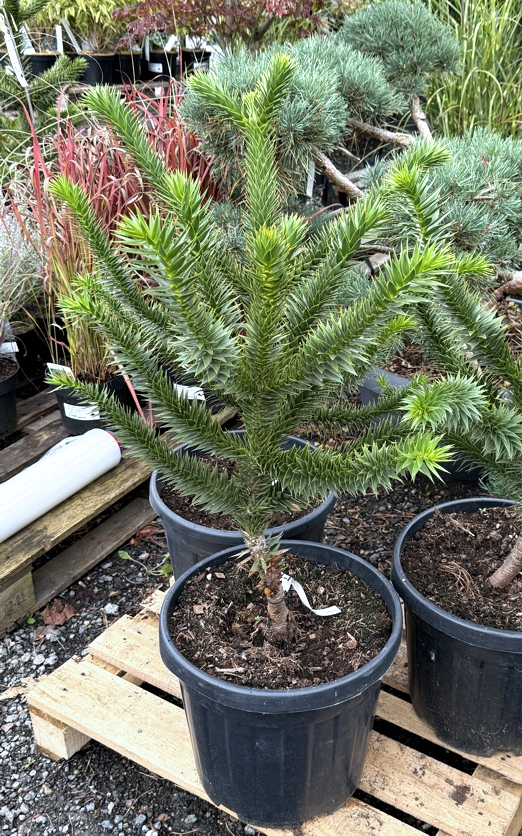
4 845 Kè
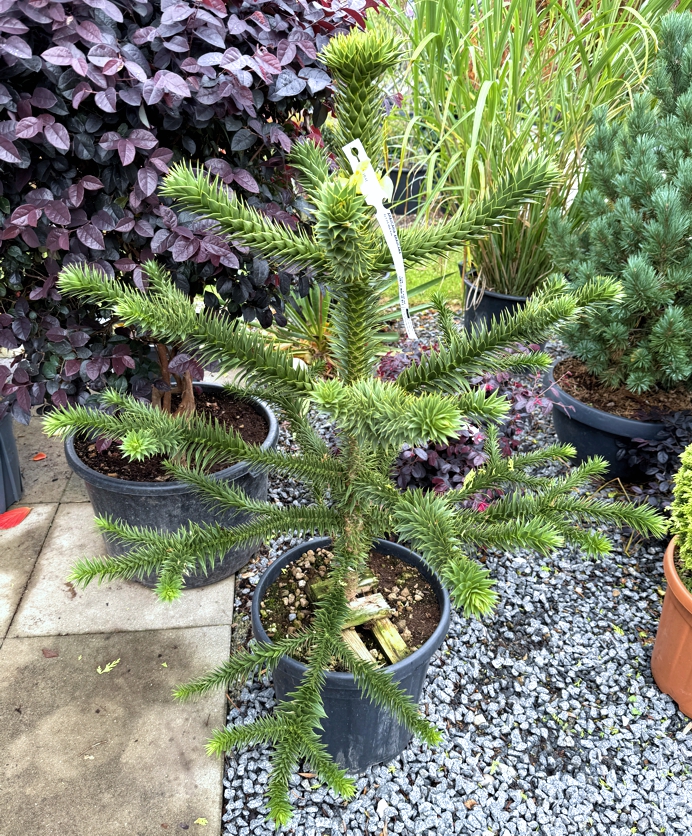
5 652,5 Kè

8 075 Kè
Goods are shipped all over Europe. For Russia and U.K. and for further details please read about SHIPPING OPTIONS HERE.
Are you interested in a serious discount for orders NOV-FEB? Check your options here.
THE PRICES INCLUDE VAT of 15%. For quick conversion you can use 1 CZK = approx. 0.04 EUR
- STANDARD QUALITY - Plants of this group are 1st class quality with number of branches and overall density adequate to their size and age, considering they were container grown.
- DE LUXE QUALITY - This label guarantees a luxurious quality of manually selected plants that, compared to their height and age, are exceptionally dense and beautiful.
- EXTRA - These plants are usually mature and bigger specimens with exceptional overall appearance.
- STANDARD (as described in the plant form) means a tree with a trunk of 190-210 cm and a crown at the top, unless specified differently. The commercial size for trees is their girth measured in the height of 1m from ground.
- HOBBY - These plants are of the same quality as our standard-quality plants but younger and therefore cheaper.
- SHRUB - a woody plant with branches growing bushy from the ground level.
- HALF-STANDARD or MINI-STANDARD - a small tree with shorter trunk, its size is usually specified.
- FEATHERED - These are trees with branches growing already from the base of the trunk and up along the stem.
- GRASSES and PERENNIALS - Sizes given usually read the diameter of the pot or the clump, as specified.






























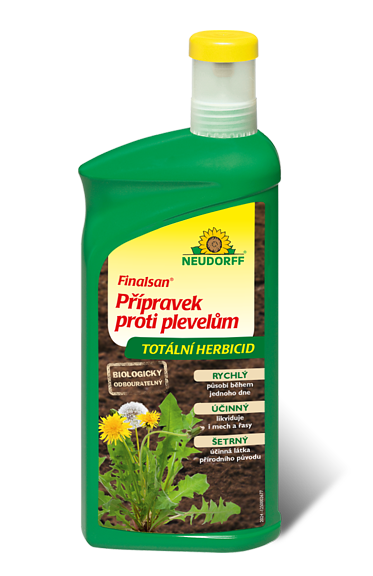


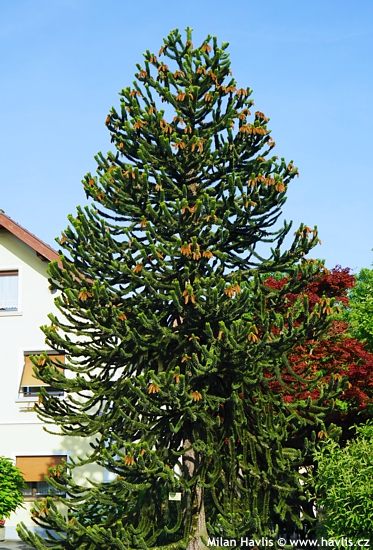
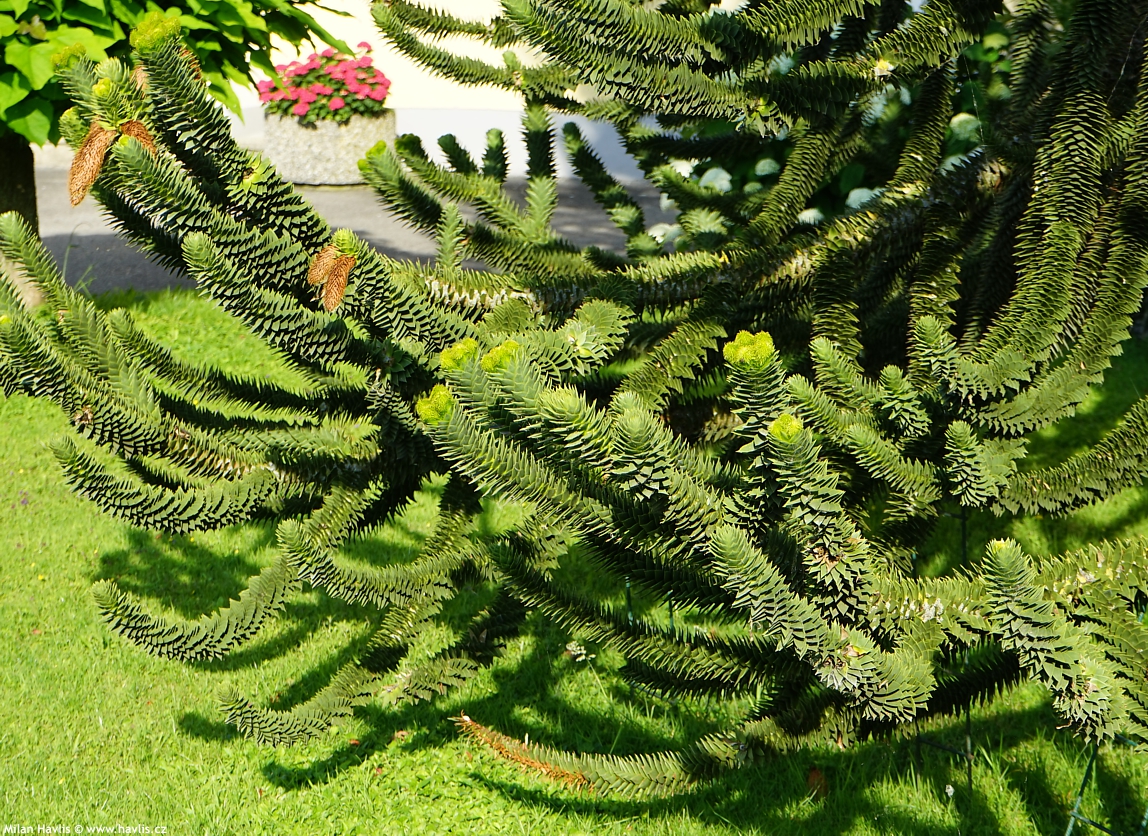
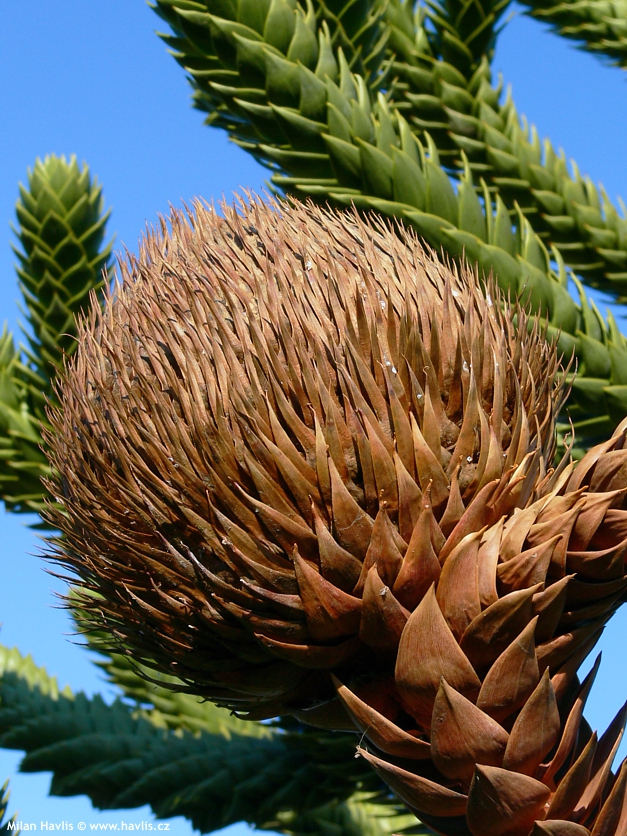
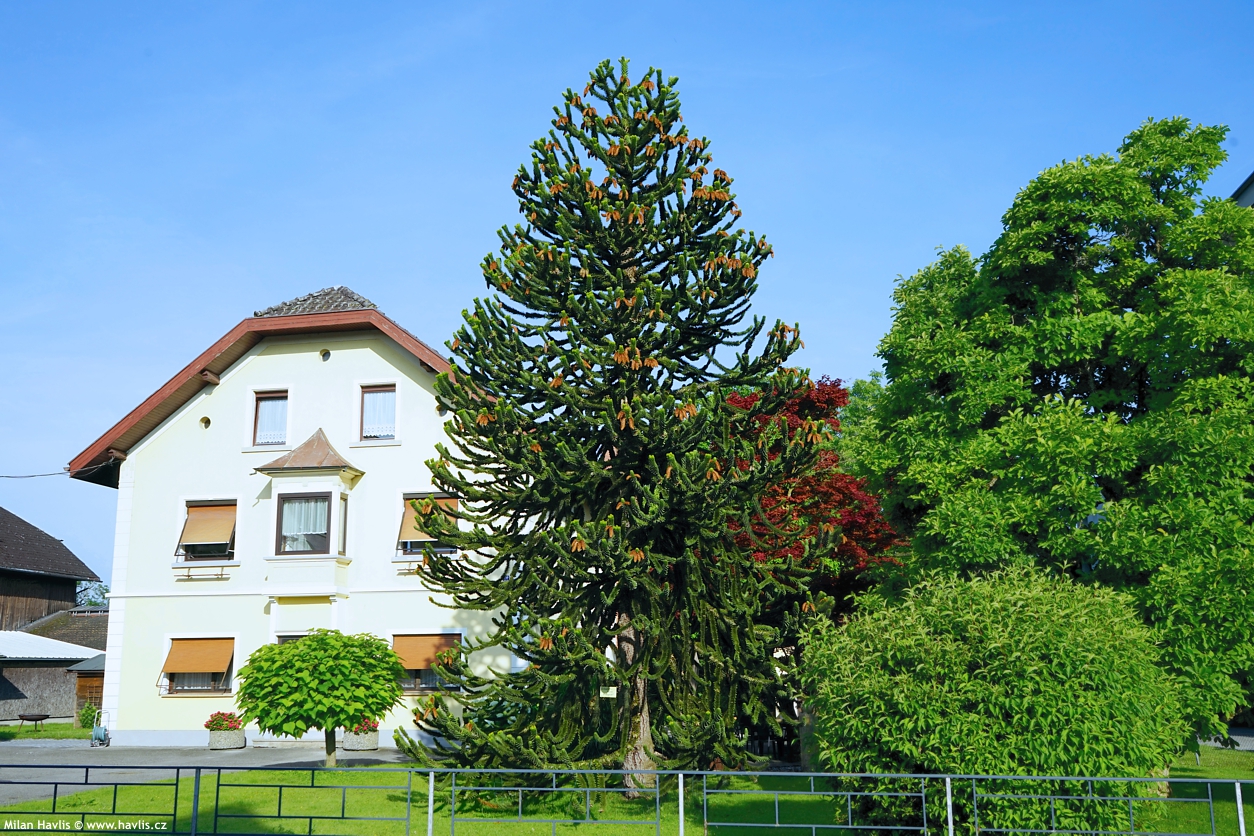
.jpg)
